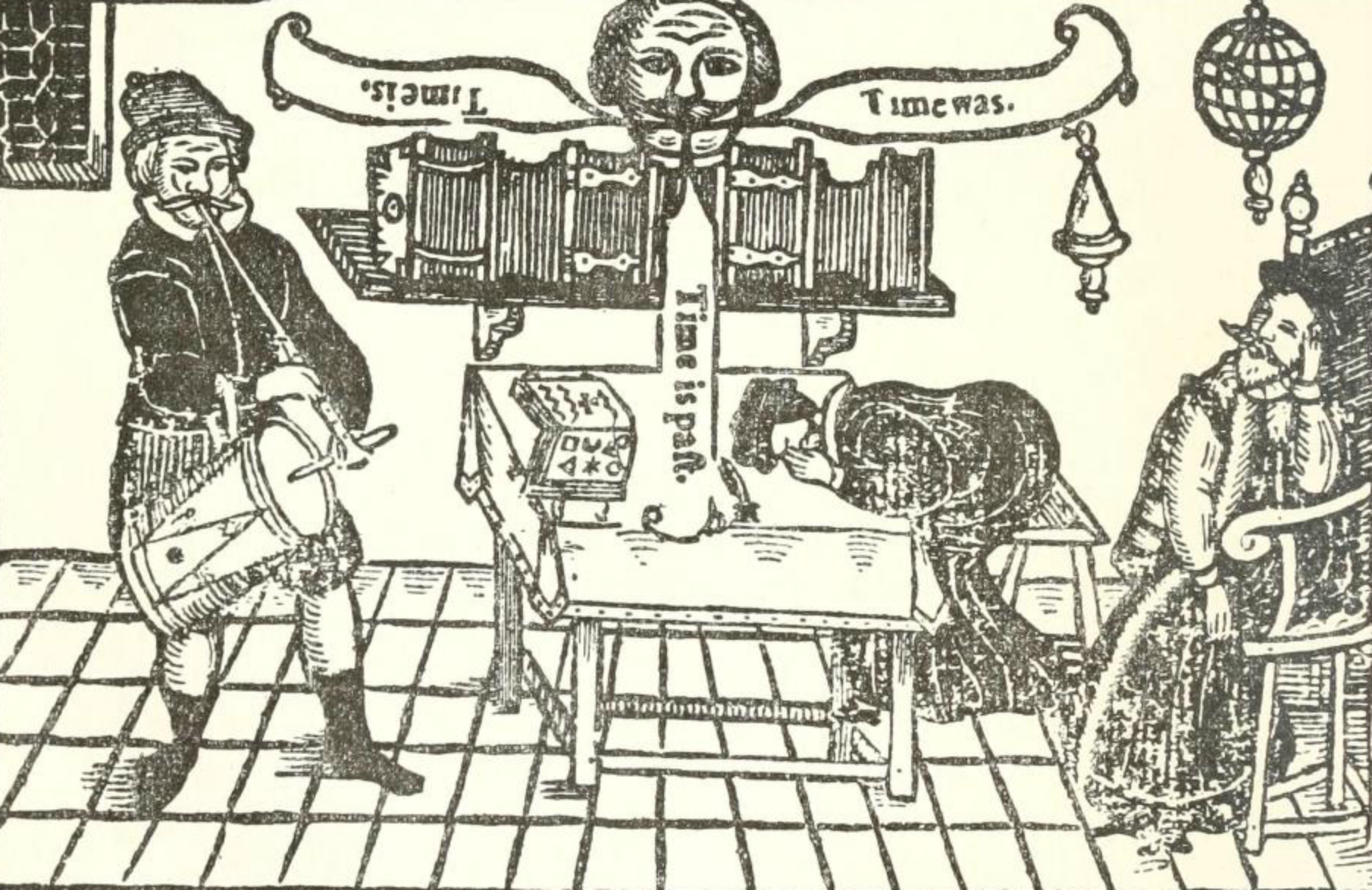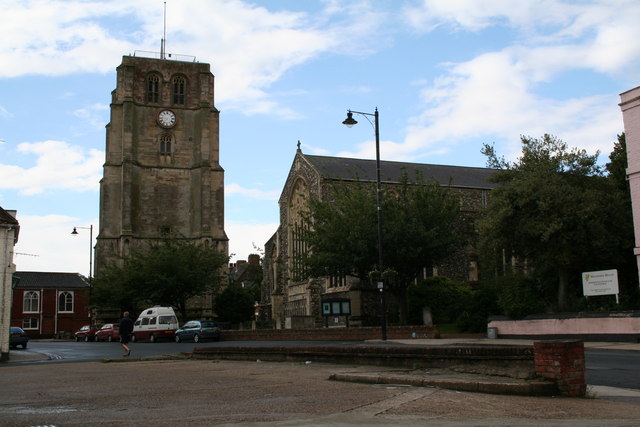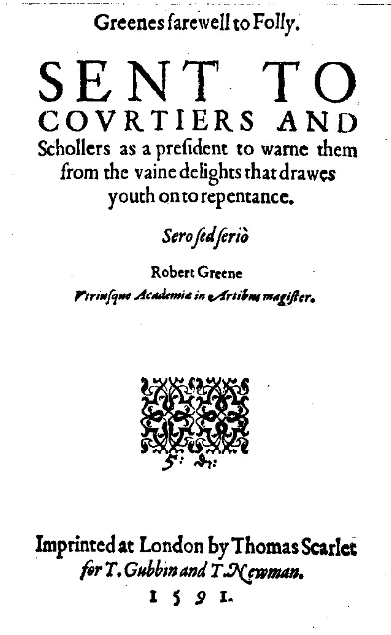|
Bungay
Bungay () is a market town, civil parish and electoral ward in the English county of Suffolk.OS Explorer Map OL40: The Broads: (1:25 000) : . It lies in the Waveney Valley, west of Beccles on the edge of The Broads, and at the neck of a meander of the River Waveney. History The origin of the name of Bungay is thought to derive from the Anglo-Saxon title ''Bunincga-haye'', signifying the land belonging to the tribe of Bonna, a Saxon chieftain. Due to its high position, protected by the River Waveney and marshes, the site was in a good defensive position and attracted settlers from early times. Roman artefacts have been found in the region. Bungay Castle, which is shown on Bungay's town sign, was built by the Normans but was later rebuilt by Roger Bigod, 5th Earl of Norfolk and his family, who also owned Framlingham Castle. The castle contains a unique surviving example of mining galleries, dating to the siege of the castle in 1174. They were intended to undermine and thus ... [...More Info...] [...Related Items...] OR: [Wikipedia] [Google] [Baidu] |
Bungay Castle
Bungay Castle is a Grade I listed building in the town of Bungay, Suffolk.Historic England, Bungay Castle list entry no. 1034404 (listed 9 May 1949). Retrieved 12 May 2022. History  The site was originally a castle built by Roger Bigod in about 1100 to take advantage of the natural p ...
The site was originally a castle built by Roger Bigod in about 1100 to take advantage of the natural p ...
[...More Info...] [...Related Items...] OR: [Wikipedia] [Google] [Baidu] |
St Mary's Church, Bungay
St Mary's Church is a redundant Anglican church in the town of Bungay, Suffolk, England. The church and the ruins of the adjacent priory are recorded in the National Heritage List for England as a designated Grade I listed building, and are under the care of the Churches Conservation Trust. The church stands in the centre of the town on St Mary's Street, the A144 road. History St Mary's was built as the church to a Benedictine priory. This was established in the late 12th century, but the main part of the present church dates from the 14th–15th century. The Domesday Survey records a church dedicated to the Holy Cross in the town, and it is thought that St Mary's stands on the site of an earlier Saxon church. The priory was closed in 1536 as a result of the dissolution of the monasteries, St Mary's became a parish church, and a grammar school was established in one of the priory's chapels. In 1577 the church was struck by lightning, and this event led to t ... [...More Info...] [...Related Items...] OR: [Wikipedia] [Google] [Baidu] |
Frier Bacon And Frier Bongay
''Friar Bacon and Friar Bungay'', originally entitled ''The Honorable Historie of Frier Bacon and Frier Bongay'', is an Elizabethan era stage play, a comedy written by Robert Greene. Widely regarded as Greene's best and most significant play, it has received more critical attention than any other of Greene's dramas. History The date of authorship of ''Friar Bacon and Friar Bungay'' cannot be fixed with certainty on the basis of the available evidence; the play is normally dated to the 1588–92 period. 1589 may be the single most likely year: a line in the play's opening scene, "Next Friday is S. James", fixes St. James's Day (25 July, the feast day of St. James the Great) as a Friday, which was true in 1589. Some critics argue that the magic in Greene's play was inspired by the magic in Marlowe's '' Doctor Faustus,'' (''c.'' 1589–92) which if valid would mean that ''Bacon and Bungay'' must post-date ''Faustus;'' Greene's play also has relationships with several other play ... [...More Info...] [...Related Items...] OR: [Wikipedia] [Google] [Baidu] |
River Waveney
The River Waveney is a river which forms the boundary between Suffolk and Norfolk, England, for much of its length within The Broads. The "ey" part of the name means "river" thus the name is tautological. Course The source of the River Waveney is a ditch on the east side of the B1113 road between the villages of Redgrave, Suffolk and South Lopham, Norfolk. The ditch on the other side of the road is the source of the River Little Ouse which continues the county boundary and, via the Great Ouse, reaches the sea at King's Lynn. It is thus claimed that during periods of heavy rainfall Norfolk can be considered to be an island. The explanation of this oddity is that the valley in which the rivers rise was formed not by these rivers, but by water spilling from the periglacial lake known as Lake Fenland. This was a periglacial lake of the Devensian glacial period, fifteen or twenty thousand years ago. The ice sheet closed the natural drainage from the Vale of Pickering, the Humber a ... [...More Info...] [...Related Items...] OR: [Wikipedia] [Google] [Baidu] |
Bungay Priory
Bungay Priory was a Benedictine nunnery in the town of Bungay in the English county of Suffolk. It was founded c. 1160-1185 by the Countess Gundreda, wife or widow of Hugh Bigod, 1st Earl of Norfolk, upon lands of her '' maritagium'' and was confirmed to her and her second husband Roger de Glanville by King Henry II. It was dissolved in about 1536. At the time of the suppression it consisted of a prioress and 11 nuns. The priory church, the Church of the Holy Cross, became the Church of St Mary, the parish church in Bungay.Church of St Mary (including Ruins of Benedictine Convent), Bungay British Listed Buildings. Retrieved 2011-04-30. Although ruins of the priory remain to the east of the church, any remaining intact buildings are like ... [...More Info...] [...Related Items...] OR: [Wikipedia] [Google] [Baidu] |
Thomas Bungay
Thomas Bungay ( la, Thomas Bungeius or '; ),. also known as ( la, Thomas de Bungeya; french: Thomas de Bungeye) and formerly also known as , was an English Franciscan friar, scholar, and alchemist. Life Thomas was born in Bungay, a market town in Suffolk. He was educated at Oxford and Paris in the mid-13th century and, at an unknown date, entered the Order of the Friars Minor (Franciscans) at Norwich. He lectured as the 10th Franciscan "Reader in Divinity" at Oxford, certainly in the years 1270–72, before leaving to serve as the 8th Minister Provincial of the Franciscans in England during the years 1272–75. (He was succeeded at Oxford by John Peckham.) From around 1275 to at least 1283,. he served as the 15th Franciscan master at Cambridge. He wrote ', a commentary on Gerard's edition of Aristotle's work ''On the Heavens''.Cambridge Gonville & Caius MS 509 (XIII), f. 208–252. Other questions are attributed to him in MS Assisi 158, in the Palazzo Giacobetti in Assisi. ... [...More Info...] [...Related Items...] OR: [Wikipedia] [Google] [Baidu] |
Roger Bacon
Roger Bacon (; la, Rogerus or ', also '' Rogerus''; ), also known by the scholastic accolade ''Doctor Mirabilis'', was a medieval English philosopher and Franciscan friar who placed considerable emphasis on the study of nature through empiricism. In the early modern era, he was regarded as a wizard and particularly famed for the story of his mechanical or necromantic brazen head. He is sometimes credited (mainly since the 19th century) as one of the earliest European advocates of the modern scientific method, along with his teacher Robert Grosseteste. Bacon applied the empirical method of Ibn al-Haytham (Alhazen) to observations in texts attributed to Aristotle. Bacon discovered the importance of empirical testing when the results he obtained were different from those that would have been predicted by Aristotle. His linguistic work has been heralded for its early exposition of a universal grammar, and 21st-century re-evaluations emphasise that Bacon was essentially a medi ... [...More Info...] [...Related Items...] OR: [Wikipedia] [Google] [Baidu] |
Beccles
Beccles ( ) is a market town and civil parish in the English county of Suffolk.OS Explorer Map OL40: The Broads: (1:25 000) : . The town is shown on the milestone as from London via the A145 and A12 roads, north-east of London as the crow flies, south-east of Norwich and north-northeast of the county town of Ipswich. Nearby towns include Lowestoft to the east and Great Yarmouth to the north-east. The town lies on the River Waveney on the edge of The Broads National Park. It had a population at the 2011 census of 10,123. Worlingham is a suburb of Beccles; the combined population is 13,868. Beccles twinned with Petit-Couronne in France in 1978. History The name is conjectured to be derived from Becc-Liss* (Brittonic=Small-court). However, also offered is Bece-laes* (Old English=Meadow by Stream), as well as a contraction of ''Beata Ecclesia'', the name of the Christian temple erected c. 960 by the monks of the monastery of Bury. Once a flourishing Anglian riverport, it lie ... [...More Info...] [...Related Items...] OR: [Wikipedia] [Google] [Baidu] |
Framlingham Castle
Framlingham Castle is a castle in the market town of Framlingham in Suffolk in England. An early motte and bailey or ringwork Norman castle was built on the Framlingham site by 1148, but this was destroyed (Slighting, slighted) by Henry II of England in the aftermath of the Revolt of 1173–1174. Its replacement, constructed by Roger Bigod, 2nd Earl of Norfolk, Roger Bigod, the Earl of Norfolk, was unusual for the time in having no central keep, but instead using a Curtain wall (fortification), curtain wall with thirteen mural towers to defend the centre of the castle. Despite this, the castle was successfully taken by John of England, King John in 1216 after a short siege. By the end of the 13th century, Framlingham had become a luxurious home, surrounded by extensive medieval deer park, parkland used for hunting. During the 15th and 16th centuries Framlingham was at the heart of the estates of the powerful House of Mowbray, Mowbray and House of Howard, Howard families. Two art ... [...More Info...] [...Related Items...] OR: [Wikipedia] [Google] [Baidu] |
Robert Greene (dramatist)
Robert Greene (1558–1592) was an English author popular in his day, and now best known for a posthumous pamphlet attributed to him, '' Greene's Groats-Worth of Witte, bought with a million of Repentance'', widely believed to contain an attack on William Shakespeare. Robert Greene was a popular Elizabethan dramatist and pamphleteer known for his negative critiques of his colleagues. He is said to have been born in Norwich. He attended Cambridge where he received a BA in 1580, and an M.A. in 1583 before moving to London, where he arguably became the first professional author in England. Greene was prolific and published in many genres including romances, plays and autobiography. Family According to the author Brenda Richardson, the "chief problem" in compiling a biography of Robert Greene was his name. ''Robert'' was one of the most popular given names of the era and ''Greene'' was a common surname. L. H. Newcomb suggests that Robert Greene "was probably the Robert Greene, s ... [...More Info...] [...Related Items...] OR: [Wikipedia] [Google] [Baidu] |
The Broads
The Broads (known for marketing purposes as The Broads National Park) is a network of mostly navigable rivers and lakes in the English counties of Norfolk and Suffolk. Although the terms "Norfolk Broads" and "Suffolk Broads" are correctly used to identify specific areas within the two counties respectively, the whole area is frequently referred to as the Norfolk Broads. The lakes, known as broads, were formed by the flooding of peat workings. The Broads, and some surrounding land, were constituted as a special area with a level of protection similar to a national park by the Norfolk and Suffolk Broads Act 1988. The Broads Authority, a special statutory authority responsible for managing the area, became operational in 1989. The area is , most of which is in Norfolk, with over of navigable waterways. There are seven rivers and 63 broads, mostly less than deep. Thirteen broads are generally open to navigation, with a further three having navigable channels. Some broads have ... [...More Info...] [...Related Items...] OR: [Wikipedia] [Google] [Baidu] |
Waveney (UK Parliament Constituency)
Waveney is a constituency represented in the House of Commons of the UK Parliament since 2010 by Peter Aldous, a Conservative. History The seat was created for the 1983 general election following the implementation of the third periodic review of Westminster constituencies, broadly replacing Lowestoft, which the first victor of the new seat had served since 1959. Political history Waveney has been a bellwether since its creation, swinging heavily in line with the mood of the nation. Labour's big majority in 1997 reflected the large overall majority in the Commons, and by the 2010 election it had become touted by one published analysis as the seat that the Conservatives needed to win to secure an overall majority. Fittingly, 2010 saw a marginal majority and the national result was a hung parliament with the Conservative Party the largest party. 2010 here was the Labour Party's second highest share of the vote in the narrow, traditional grouping of East Anglia (Suffolk, No ... [...More Info...] [...Related Items...] OR: [Wikipedia] [Google] [Baidu] |

.jpg)

_-_geograph.org.uk_-_1964947.jpg)





